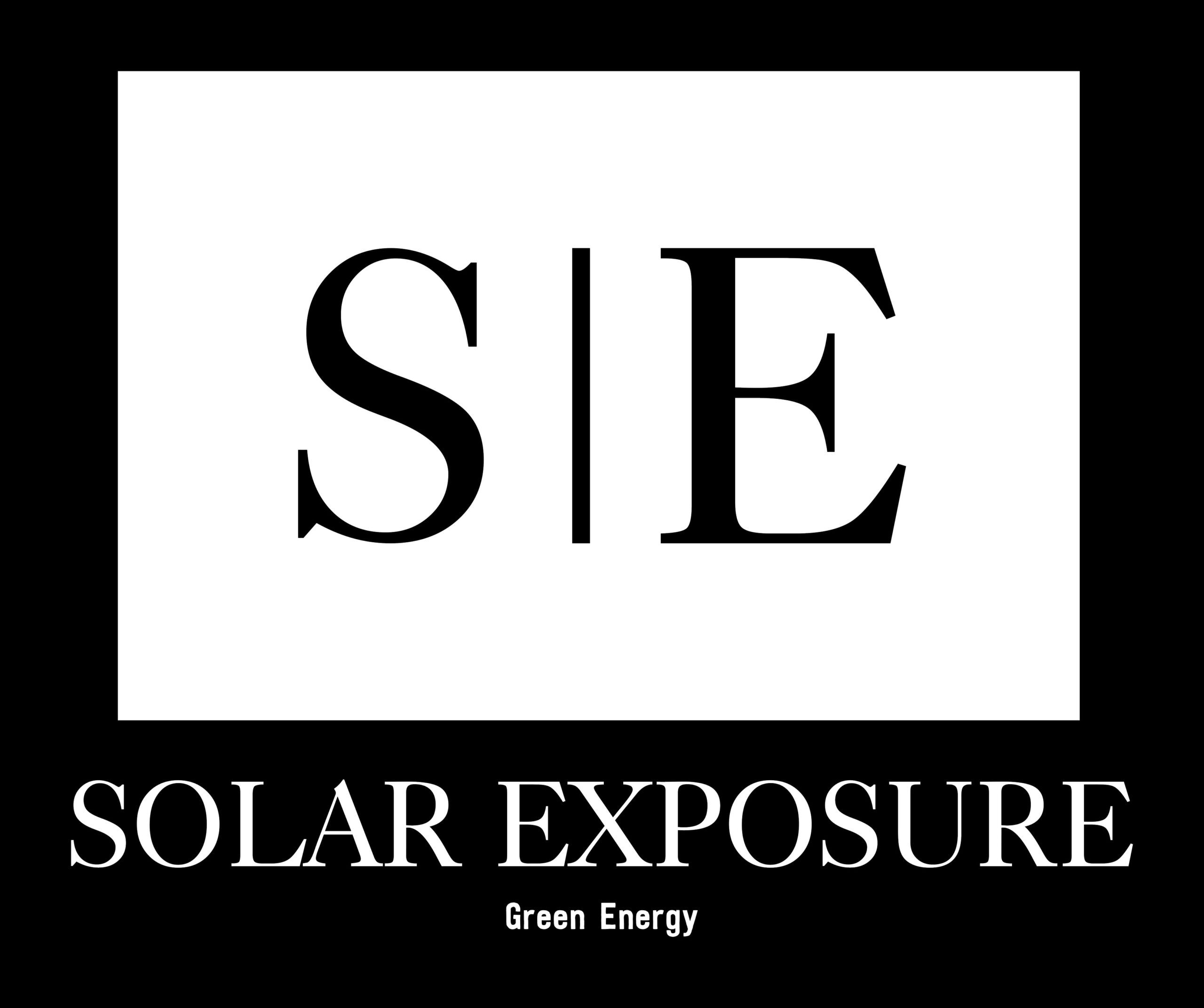Why solar panel efficiency is low?
September 17, 2024How efficient are solar panels?
October 30, 2024
Commercial solar cell efficiency refers to the percentage of sunlight that a solar cell can convert into usable electricity in practical, large-scale applications. The efficiency of solar cells is crucial because it impacts the amount of energy generated from a given area of solar panels. The higher the efficiency, the more electricity can be produced per square meter of solar cells, making it a key factor in the economics of solar energy systems.
Here’s an overview of the efficiency of different types of commercial solar cells:
1. Monocrystalline Silicon Solar Cells
- Efficiency: 18% to 24%
- Overview: These are made from a single, continuous crystal structure, which provides higher efficiency due to better electron movement. They are often more expensive but provide a higher power output.
2. Polycrystalline Silicon Solar Cells
- Efficiency: 15% to 20%
- Overview: Made from multiple silicon crystals, polycrystalline cells are less efficient than monocrystalline cells. However, they are cheaper to produce and are widely used in commercial applications.
3. Thin-Film Solar Cells
- Efficiency: 10% to 12%
- Overview: These are made by depositing one or more thin layers of photovoltaic material onto a substrate. They are less efficient but cheaper and more flexible, making them useful for large-scale applications like building-integrated photovoltaics (BIPV).
4. PERC (Passivated Emitter and Rear Cell) Solar Cells
- Efficiency: 20% to 22%
- Overview: An advanced version of monocrystalline or polycrystalline cells, PERC technology increases efficiency by adding a passivation layer to the rear of the cell, which reduces recombination losses and improves light absorption.
5. Bifacial Solar Cells
- Efficiency: 22% to 27% (combined front and rear efficiency)
- Overview: These can generate electricity from both the front and the back sides, harnessing reflected sunlight or light coming from surfaces like rooftops. This results in higher overall efficiency in suitable installations.
6. Heterojunction Technology (HJT) Solar Cells
- Efficiency: 23% to 26%
- Overview: HJT cells combine crystalline silicon with thin layers of amorphous silicon, offering high efficiency and low degradation rates. This technology is relatively new but gaining popularity due to its superior performance.
Key Factors Affecting Commercial Solar Cell Efficiency:
- Temperature: Solar cells lose efficiency as temperatures rise.
- Shading and Dust: Partial shading or dirt on panels can significantly reduce output.
- Orientation and Installation: The angle and direction of the panels affect how much sunlight they receive.
Higher efficiency leads to more power generation, but also higher costs. Commercial solar installations balance between efficiency and cost to optimize energy output for large-scale systems.

